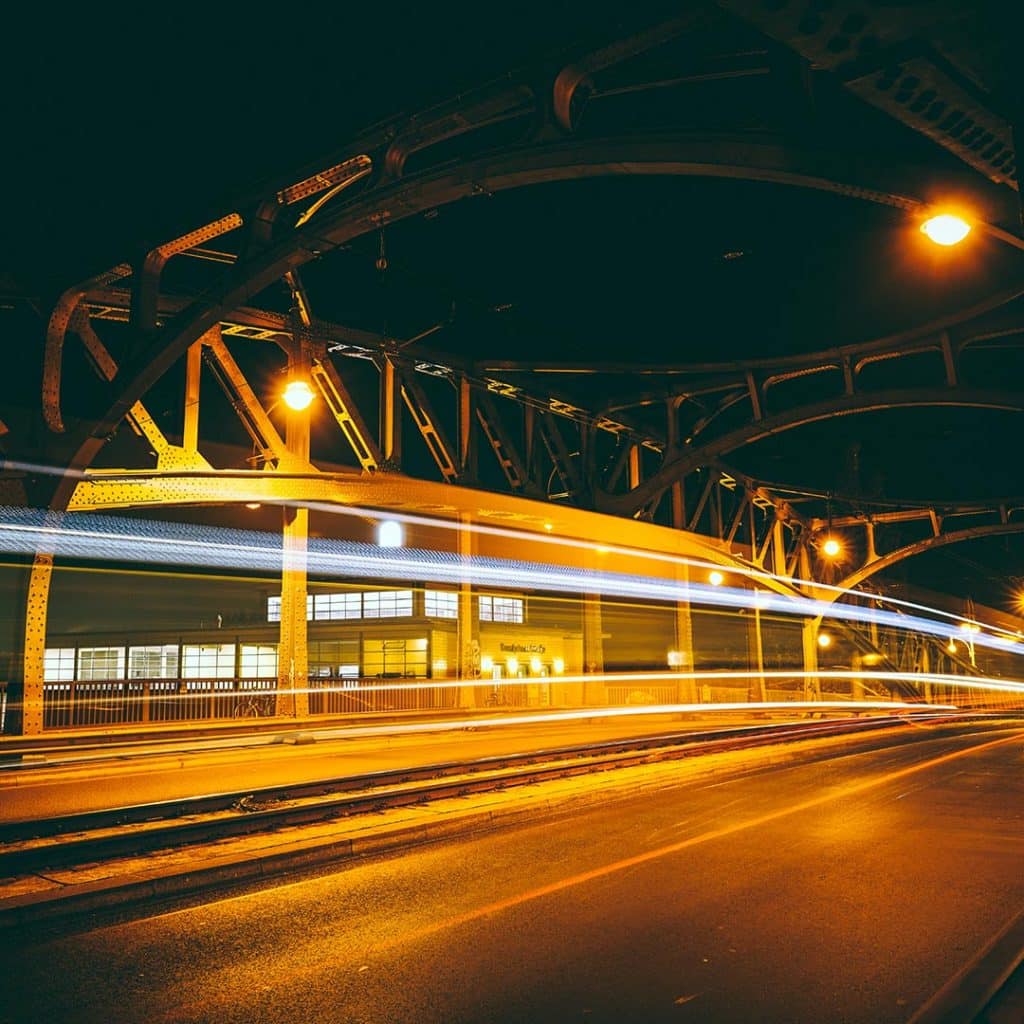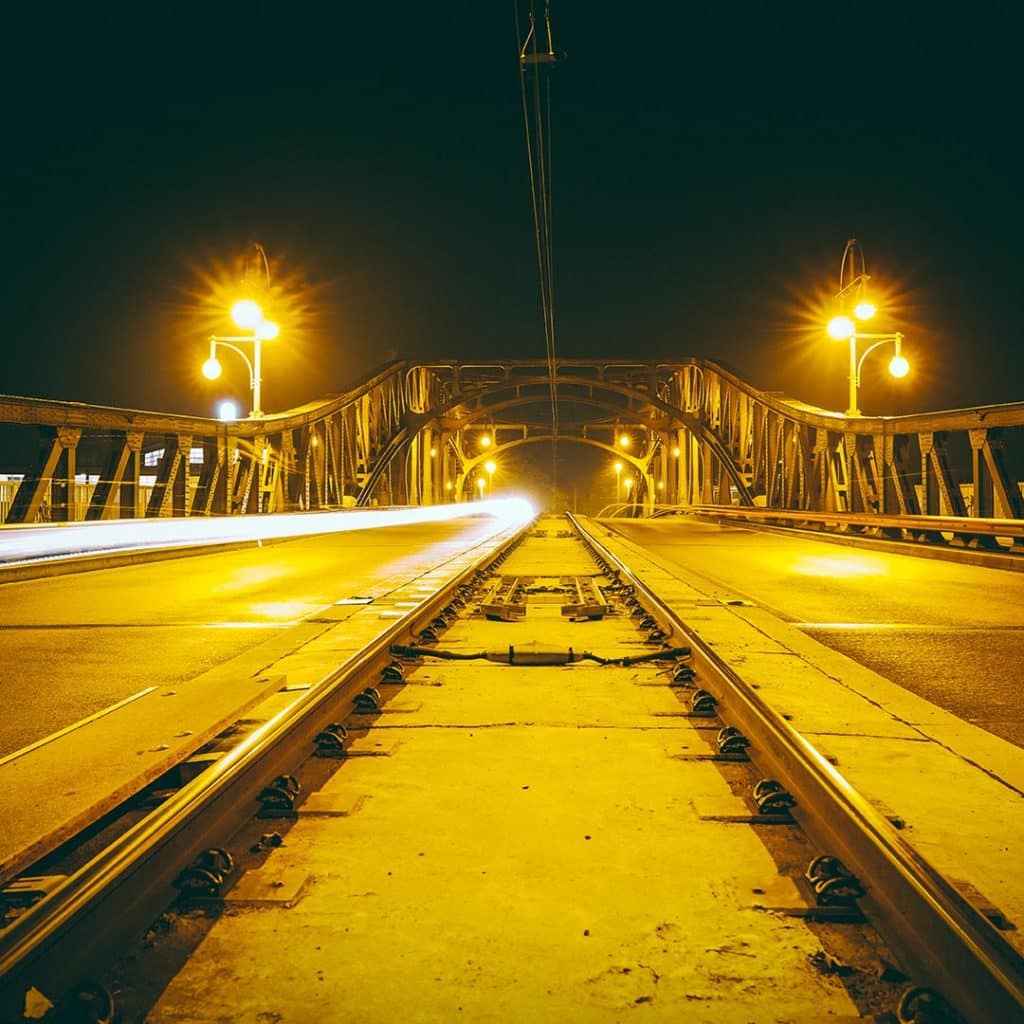


The Bösebrücke was mentioned in one of David Bowie’s last successful songs - Where Are We Now - reminiscing about his time in Berlin (“20,000 people cross the Bösebrücke - fingers are crossed, just in case).).


Some useful links: